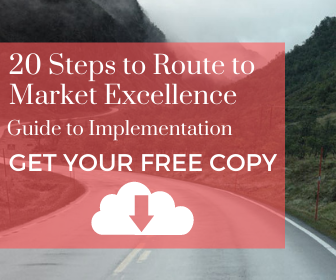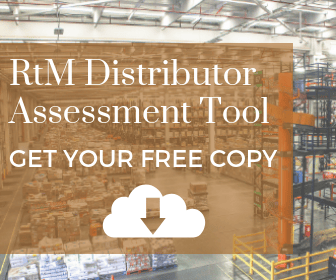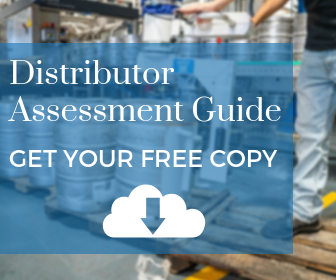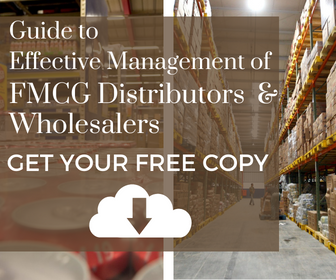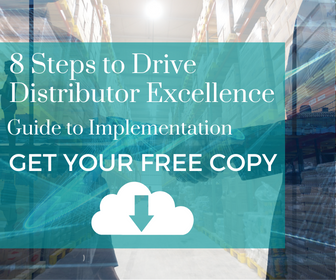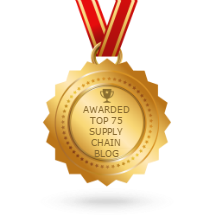Arguably the most important element to any Route to Market strategy for a consumer goods company is their Distribution Strategy. Very often, when results are not coming in, the distributors get the blame and may even be replaced. Too often, their replacements perform in a similar fashion. Why is this?
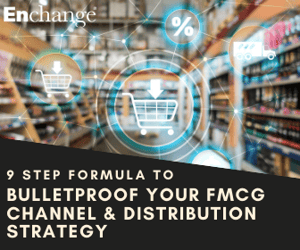 Albert Einstein is widely credited with saying, “The definition of insanity is doing the same thing over and over again but expecting different results”. If the foundation of your distribution strategy is flawed, the same poor results will likely be delivered. The foundation I am referring to is a well thought out and implemented Channel Strategy.
Albert Einstein is widely credited with saying, “The definition of insanity is doing the same thing over and over again but expecting different results”. If the foundation of your distribution strategy is flawed, the same poor results will likely be delivered. The foundation I am referring to is a well thought out and implemented Channel Strategy.
When you are reviewing or assessing your Route to Market and distribution partners, you must do this in light of your channel strategy, otherwise you may be asking the wrong partners to deliver the wrong things in the wrong areas.
Here are the 9 key areas on which to focus when building your Channel Strategy:
1. Channel Type. Identity the relevant channels of distribution for your industry or sector.
-
- These may be, for example, Modern Trade (MT), General Trade (GT), Horeca (Hotels, Restaurants & Cafe's/Catering), Specialist, Vending, Wholesale, and many others.
- I have discussed channel classification in details in an earlier post that you can read here.
- They will almost certainly encompass both online and offline channels.
2. Measure, Monitor, report and reward according to these channels of distribution.
-
- What gets measured get done, and what gets rewarded, gets done faster.
- Ensure the entire organisation understands the role these channels play, and how to get the most out of them.
- Make sure your organisation is set up to drive performance across all channels.
3. Competition. Identify which channels are growing across the total industry or market (Including all competitors).
-
- Having external data and information can be crucial here, otherwise we can tend to focus too much internally, and may get a clouded impression.
4. Size & Trend. Understand your size and scale versus competition in each channel.
-
- You need to know your share vs the competition in each channel, including the recent trends and likely projections.
5. Success. Recognise and understand your likelihood of success in each channel.
-
- Do we possess a specific strength that we can leverage in specific channels, or do we have a specific weakness that we must recognise and understand?
6. Profitability. Map out your profitability across each channel.
-
- Look at your own percentage Gross Margin (GM) across each channel, compare this to your national GM and the likely GM of your competition/total market.
- This will have qualitative elements but will be crucial for you to estimate.
- Understand your Total Cost to Serve (TCTS) across all channels.
7. Portfolio. Examine your brand portfolio and set SKU distribution targets by channel.
-
- You will need to look right across your product range, not only to identify key SKUs to include by channel, but also those to potentially exclude.
- You will need to look at the past and likely future market trends by channel.
8. Priorities. Using all the above elements, set channel priorities and make decisions accordingly.
-
- You must have channel priorities. If every channel is a priority, then you do not have channel priorities.
Having considered the above 8 points, we can now move onto selection of distributor partners.
9. Partners. Identify Distribution partners that can deliver against your channel priorities.
-
- This is the point that you are ready to either look at and assess your current distributors or begin the macro process of identifying potential partners by channel.
If the above points 1 to 8 are either ignored or not considered, and we simply move straight to point 9 and identify distributors, we risk failure by relying on hope. That is hoping that our chosen partners will do this work for us, and get it right. This is not likely.
What should you do now?
- You may want to use our 20 Steps to Route to Market Excellence model to give you inspiration on your RtM journey.
- As we always say at Enchange, NOW is the time to be reviewing, building and/or transforming your RtM Strategy and Execution to reap the rewards. Do not wait. Feel free to use our recently launched 20 Steps to Route to Market Excellence Implementation Guide to help you.
- If you need specific help, please reach out to me.

